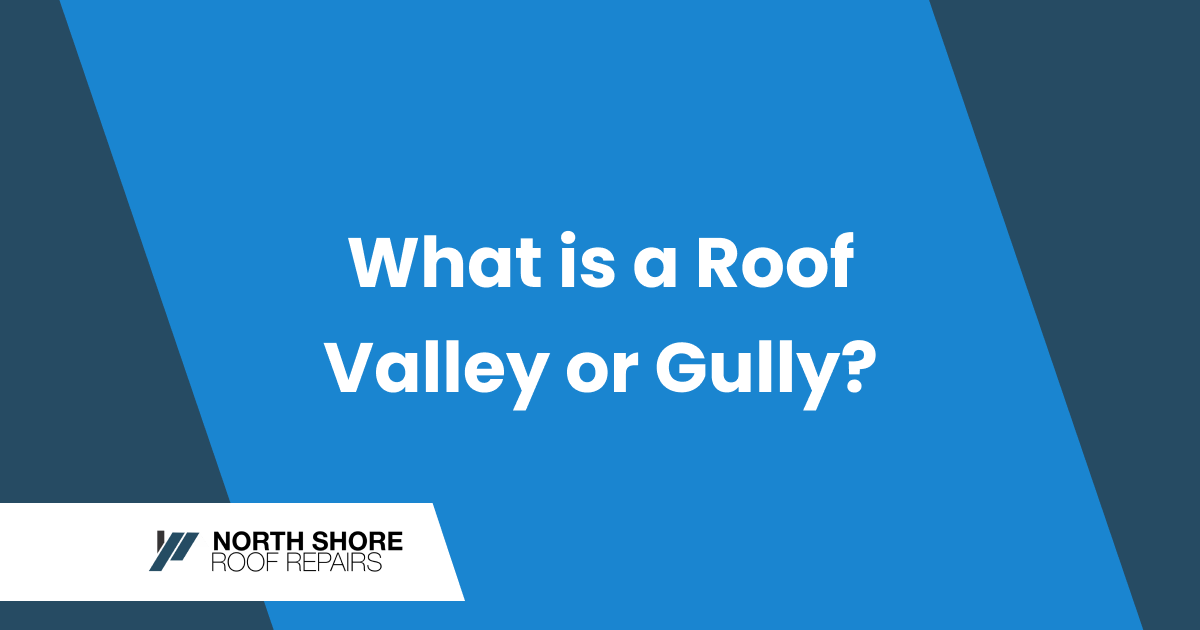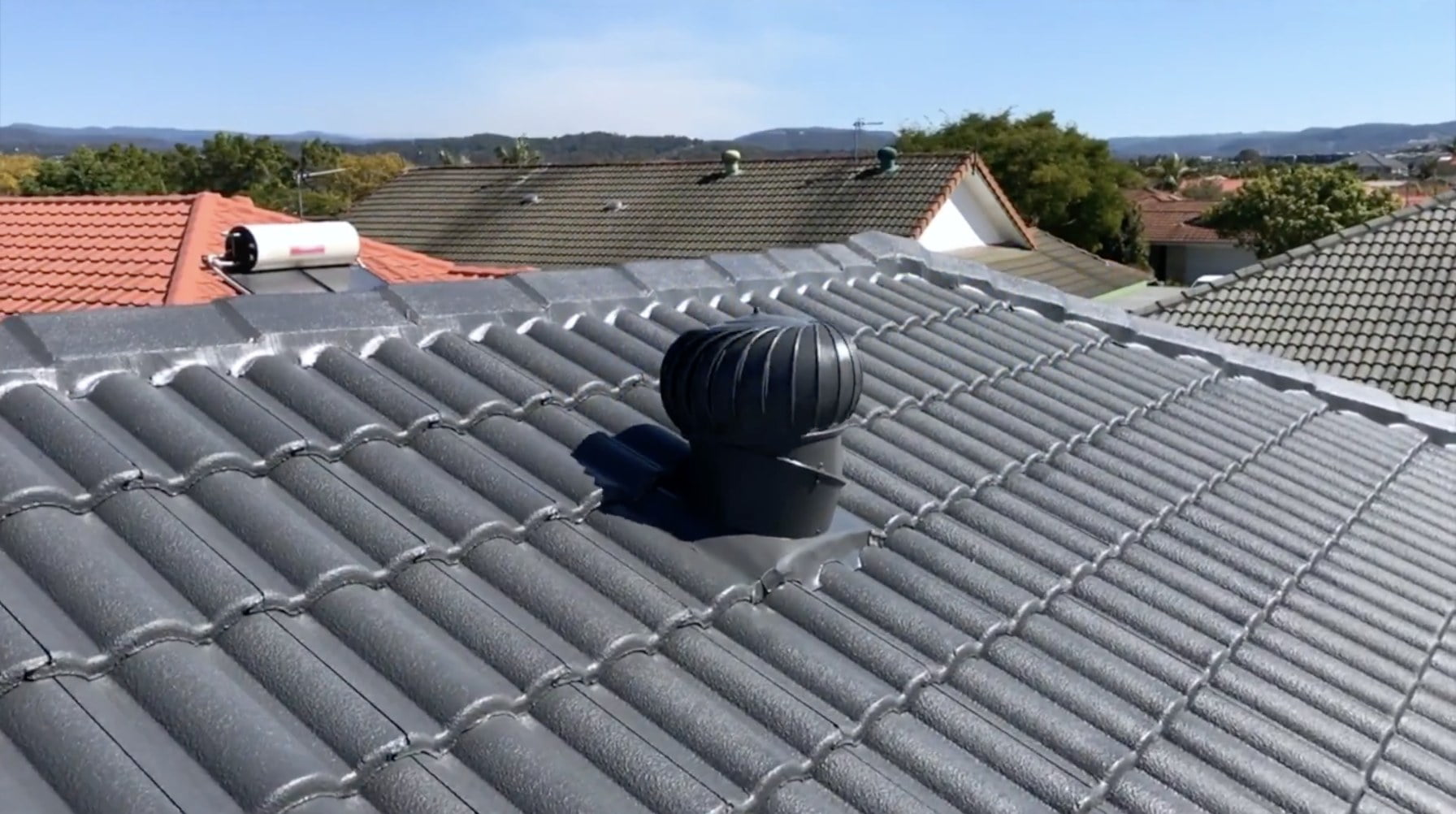
What is a Roof Valley/Gully?
A roof valley is a critical component of your roofing system, sometimes referred to as a roof gully in some regions.
It is the V-shaped channel where two sloping roof planes meet, designed to efficiently channel water away from your home and into the gutters. Proper installation of roof valleys prevents water damage.
Without properly functioning valleys, water would accumulate on the roof, leading to a host of problems, such as leaks, rotting wood, and mould growth.
Over time, a neglected roof valley can compromise the integrity of your entire roofing system, resulting in expensive repairs or even a complete roof replacement.
When water floods the roof, it can seep into the foundation, causing cracks and weakening the structure.
As a roofer on Sydney’s North Shore, I’ve seen my fair share of roof valleys over the years. Here’s my take on the different types we commonly encounter in Australian roofing.
Why do Valleys Leak
Valleys can leak for two reasons, apart from not being installed properly in the first place they can fill with leaves and become clogged and can over time rust out. Only a small rust hole with let in a lot of water and cause a lot of damage.
Proper Installation and Maintenance
Poorly installed valleys can lead to leaks and other issues. Regular maintenance, such as cleaning and inspection, can help prevent debris from clogging the channels. It is also important to ensure that the roof valley is properly sealed to prevent leaks and to replace any damaged materials as soon as possible.
Roof valleys are designed to protect your home from water damage. If you suspect any issues with your roof valleys get in touch with us.
Additional Roofing Features
Box Gutters
These are wide, flat channels that we typically use where a roof meets a wall or on low-pitch roofs. They’re crucial for proper drainage in many Australian homes, especially in areas prone to heavy rainfall.
Secret Gutters
These are concealed gutters that we often use in heritage restorations or high-end architectural designs.
They’re great for providing effective water drainage while maintaining a clean roofline, which can be particularly important for preserving the character of older homes.
Cost to replace Valley Irons?
The cost of valley iron replacement can vary depending on the size of your roof, the number of valleys, and the type of material used (Colorbond or zinc).
Valleys costs from $1,200 to $1,500 to replace per valley.
This price includes the removal of old valley irons, installation of new ones, and any necessary resealing or retiling work.
Timely replacement of worn or damaged valley irons can save you thousands in potential repair costs down the line.
Does Valley Iron Replacement Involve Replacing Tiles?
Most of the time we don’t need to replace tiles during valley iron replacement. We carefully remove the tiles bordering the valley, set them aside, and then reinstall them once the new valley iron is in place.
If we spot any cracked or damaged tiles during the process, we’ll replace those to ensure your roof’s integrity.
Valley/Gully Repair by North Shore Roof Repairs
If you have concerns about protecting your home from water damage through valleys or gully systems, contact North Shore Roof Repairs today for a comprehensive inspection and free quote.

Metal Roof Repair
Cement Roof Tiles
Ridge Recementing
Ridge Capping Repair
Roof Recementing



